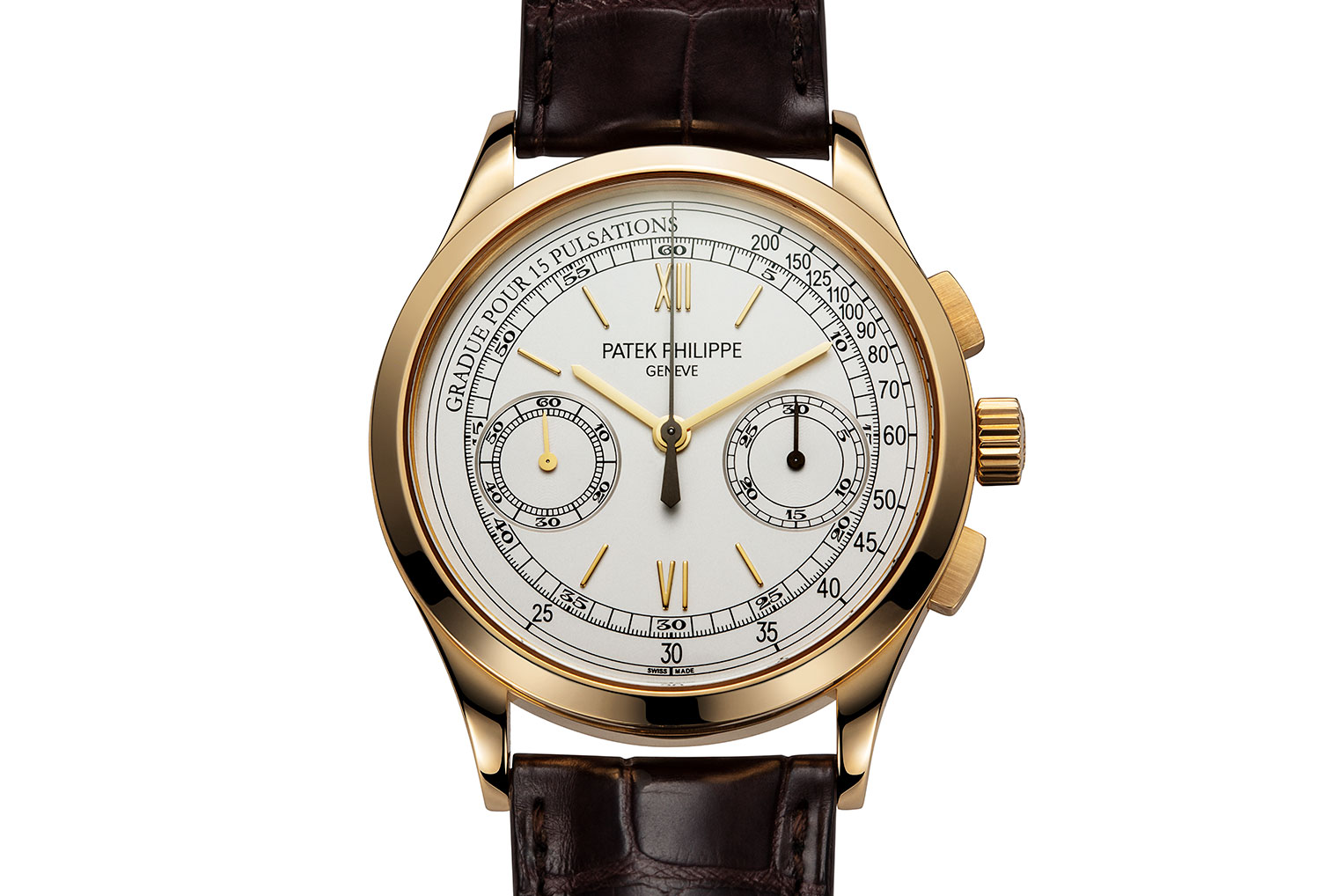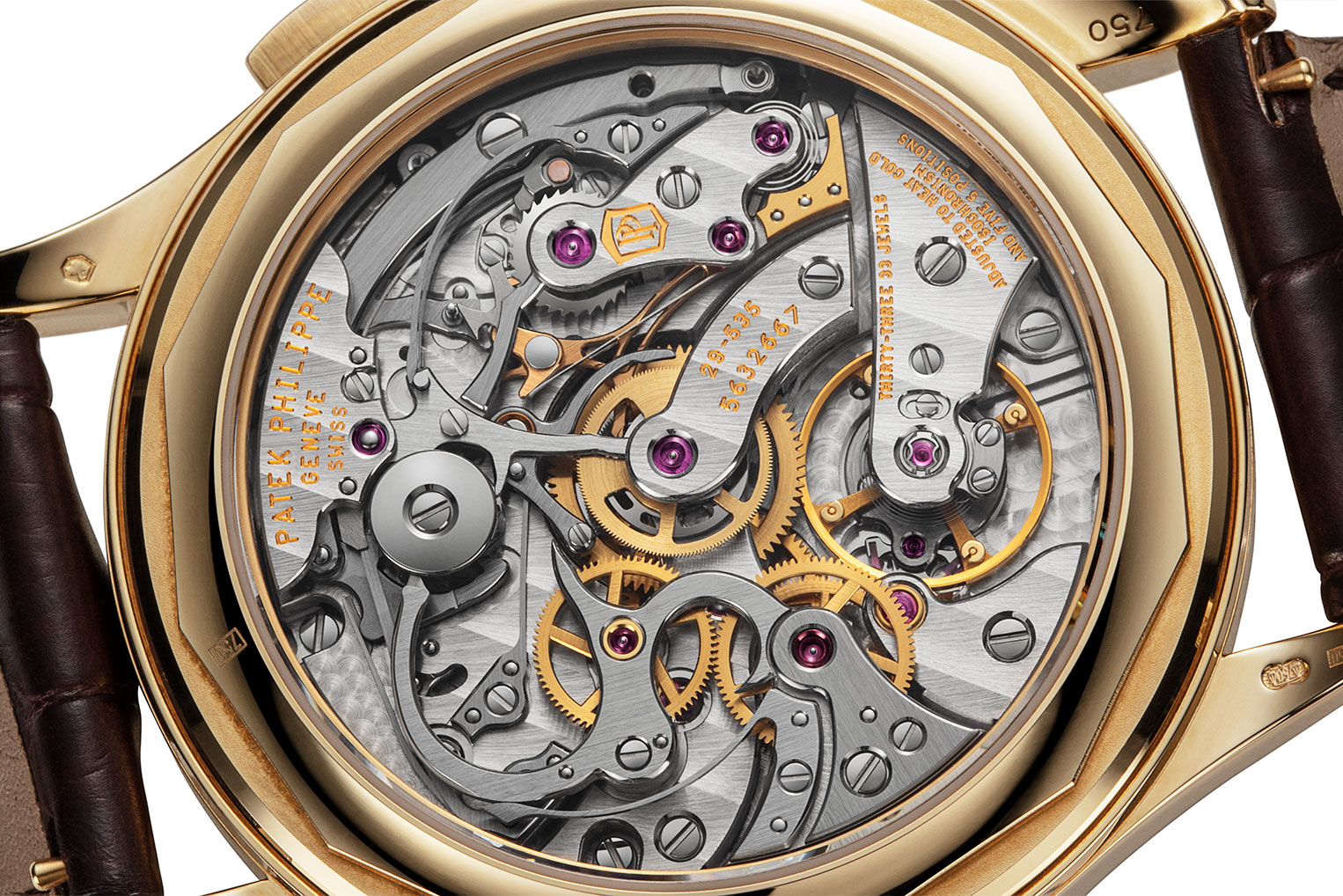Feature: The Truth About In-House Movements
The in-house movement seems to be the be-all and end-all of modern watchmaking. If you’re a watchmaker and you don’t got an in-house movement, you’re going to struggle. Some of the biggest brands in the world, who up until recently have made do with tickers of the bought-in variety, have had to invest huge sums into the design and development of their own movements to cater for the demands of the watch-buying public. And that’s because the in-house movement is understood to have been a staple of the watchmaking of old—the truth, however, is a little different.
Manufacturers Used To Order Parts From A Catalogue
With our rose-tinted glasses on we look back to the days of yore and picture each and every watch manufacturer perched up in the Jura mountains expertly crafting movements by hand with the care a mother gives her new-born—but that I’m afraid is a half-truth, maybe even a quarter truth.
Of course, there was a time when Swiss watchmakers whittled wheels and levers from scraps of metal in their cottages to while away the long, cold winters, but as the industrial revolution made English and French watchmaking cost-prohibitive and Switzerland took the mantle, a more efficient source of production was sought.

And so came the emergence of the movement-makers, Valjoux, Lemania, ETA. By specialising in the production of just the movement, it meant that these companies could increase production, reduce overheads and supply the watchmakers sprouting up all over the place. And furnish them they did, with companies like Rolex, Heuer and Breitling sourcing their movements straight from a catalogue—the Valjoux catalogue, to be exact.
And that was the beauty of it: rather than sinking vast sums of money into the development of a single, simple movement, these watchmakers had the luxury of picking and choosing between complications without a single penny spent on development. Chronograph movements in particular, as tricky as they are, were even used by some of the older companies that were already established as movement manufacturers, such as Omega, famously with the Lemania 321.

It makes perfect sense: a car manufacturer doesn’t make money by building its own suspension, brakes, ECUs and even seats from scratch—these are all items produced by specialists that are assembled as a whole down the line. And, with watchmaking, that was very much the case; for the launch of the 1969 Heuer Monaco, which contained the Calibre 11 automatic chronograph developed jointly with a group of other watchmakers, a bold design was needed to promote this world-first movement—and so Heuer went straight to casemaker Piquerez and had the famous square case made up for them specially.
Even Top Names Like Patek Philippe Used Bought-In Movements
But of course, this notion of buying in movements was solely the reserve of the everyman’s watch, not for the likes of high-end manufacturers like Patek Philippe and Audemars Piguet, right? Funnily enough, it’s the reverse that’s true. Whilst Patek Philippe and Audemars Piguet were known for their incredible complicated movements, the introduction of the wristwatch and the complete reinvention of the brands’ line-ups meant an overhaul of all of their movements—and so alternatives were sourced instead.

This is true of many if not all of the top watchmakers, and the list is long: Vacheron Constantin, Audemars Piguet, Breguet, Blancpain, Rolex and of course, Patek Philippe. We may now know Patek Philippe for its exquisite in-house calibre CH 29-535 PS, but for a long time the brand used a chronograph from esteemed movement maker Lemania instead. Patek Philippe also sourced movements from Jaeger-LeCoultre and Valjoux, and even commissioned modifications to its own simple movements from Victorin Piguet—now Frederic Piguet—for complications such as centre seconds.

If you’re shocked by this news, don’t be. It’s not like Patek Philippe or any of the other top-tier watchmakers purchased movements ready-made and just slapped them into cases as is. Instead, they plied their trademark styles of hand finishing, graining, bevelling and polishing the movement blanks into the works of art the watchmakers’ reputations were built on.
And today, the differences aren’t as great as you might think: even though these watchmakers are now capable of producing their own movements independently of each other, it’s only because of advances in machining technology that this has become possible. The real skill is, as it always has been, in the hand finishing.
In-House Movements Were The Domain Of Mass Production
So, if the high-end watchmakers were buying movements in and yet there were more in-house movements being made a half-century or so ago than there are now, who was making them? Well, let’s draw a parallel to the automotive industry once more, because when you think of low volume, high end vehicles, the term ‘parts bin’ often crops up. This refers to the use of parts from another, bigger brand that enjoys economies of scale: it’s why you’ll see a Volvo satnav in an Aston Martin DB9, and why the rear lights on a McLaren F1 come from a bus.
These bigger brands are the ones with the capability to make more of their own components, and the same is true of watchmaking; it was actually the mid-tier brands like Longines and Oris, who carry far less kudos now than they did several decades ago, who forged the path for companies that did everything in-house. Oris, for example, in its heyday, had over 800 employees, seven factories and an output of over 1.2 million clocks and watches every year.

Longines too; its 13.33Z chronograph movement, the first chronograph produced for a wristwatch, started a brand tradition for in-house, high-precision chronographs that lasted over fifty years. And not just any old chronographs: you had flybacks, double chronographs and even minute repeater chronographs; they were not mucking around. In fact, the follow-up 13ZN calibre was the first with a flyback, and would remain the only calibre with a flyback for over a decade.
Longines were then as Rolex is now. It was huge, it was everywhere, it was successful. It was also the timekeeper of the professional athlete; it’s famous chronographs became the timing companions of the motor racing, skiing and horse racing elite. Even Charles Lindbergh, on the first solo, non-stop flight from New York to Paris, wore a Longines. Longines was known the world over for its robust, precise, award-winning in-house movements, the likes of which Patek Philippe could only dream of making.

But when technology shifted, the mechanical watch became obsolete and the tables began to turn. The affordable technological prowess of brands like Longines and Oris—and many, many more besides—was no longer relevant, and as the Swiss watch industry turned to dust, so did they.
It sounds counter-intuitive, but tradition can change very quickly. What we think is the practice of the many generations before us can in fact turn out to be nothing more than a mirage, smoke and mirrors, facts lost in translation or seeded into our beliefs. The in-house movement is one of those conversations that’s changed in tone over the years, that’s taken on a meaning so different that we have almost forgotten the truth. Almost … but not quite.
Looking for a Swiss watch? style="color: #B52555">Click here to shop now
Looking for a TAG Heuer watch? Click here to shop now
Looking for a Patek Philippe watch? Click here to shop now
Looking for a Longines watch? Click here to shop now




